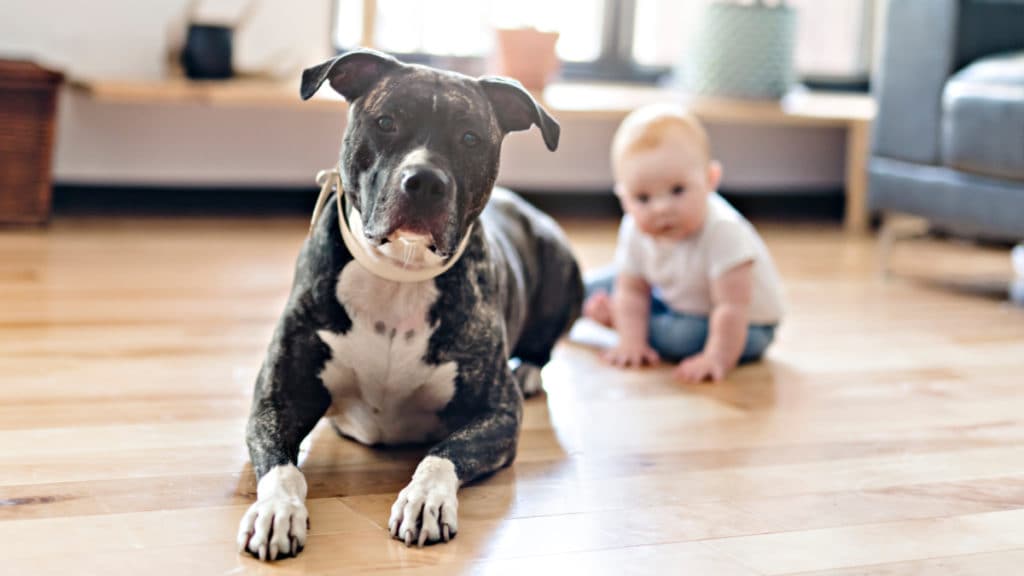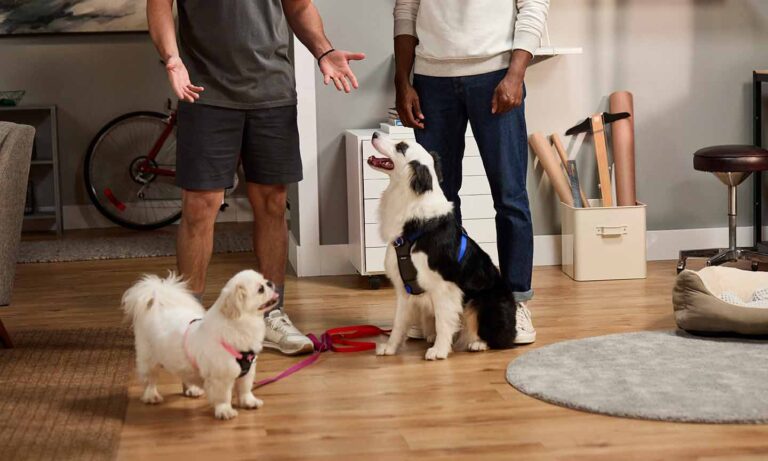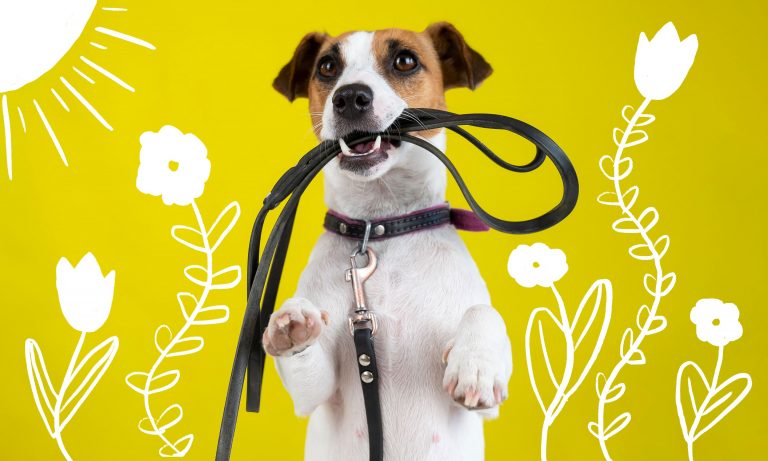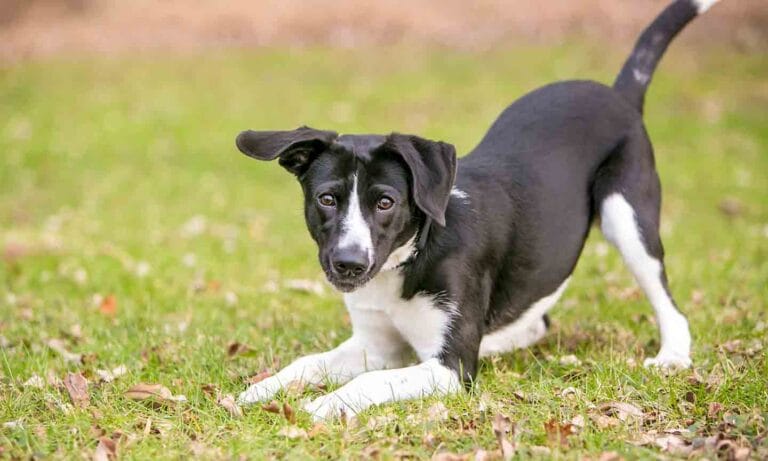An American Pit Bull Terrier raised in a typical family environment should grow up to be a wonderful companion dog because Pit Bulls are great with children.
Harrison Forbes, a behaviorist and dog trainer in Savannah, Tennessee, says that very often the bad rap Pit Bulls receive in the press that focuses on them not being appropriate dogs for children has more to do with the bad element of the Pit Bull owner. This in turn rubs off on the breed.
“The media reacts to bad incidents involving bad owners,” Forbes says. “But if you look back in time, in the 1970s, the press was highlighting Dobermans as ‘bad dogs.’ In the ’80s it was the Rottweiler, and quite frankly, now the Pit Bull is the dog du jour.”
But anyone who takes the trouble to learn about the American Pit Bull Terrier will realize that unlike Dobermans and Rottweilers, Pit Bulls are known for their people-friendliness. In fact, back in the 1930s, the Pit Bull was the all-American family dog, typified by Petey in the Our Gang/Little Rascals comedies.
“It’s important to purchase a Pit Bull from a responsible breeder who screens prospective owners and who has raised the Pit Bull puppies around other dogs and family members, including children, thus endorsing the Pit Bull’s people-friendly traits,” Forbes says.
Your Pit Bull puppy needs to be properly socialized around children from the moment she becomes a family member. At the same time, all children in the household need to be taught to respect your Pit Bull and cautioned never to tease the APBT puppy with dog toys, or pull her ears or tail.
One of the best ways to teach children to respect their pet is to involve them in the Pit Bull’s routine. This can be done from a very young age. Even as toddlers, children should be shown how to put down the Pit Bull’s dog bowl and make sure there is always fresh water available. And as soon as they are old enough, children can take over these chores. The same applies to brushing and grooming the Pit Bull on a regular basis.
“Proper initial puppy training, followed by more intense obedience training, will teach a Pit Bull how to react to being handled by children and not to respond aggressively to rough play that occurs in a typical household,” explains dog trainer Kathy Santo of Upper Saddle River, New Jersey, who has trained numerous Pit Bulls. “An APBT owner should ensure that any obedience training course will cover these bases.”
Because Pit Bulls are athletic dogs and very powerfully built, it’s unadvisable to leave them unsupervised around children. Pit Bulls are unaware of their own strength and a child can be easily unintentionally knocked over during exuberant play. Also, because Pit Bulls are very food driven and have a high prey drive, children should also be taught never to tease a Pit Bull with either food or toys.
Neighborhood children and friends who visit regularly must also be taught to understand and respect your Pit Bull and treat her as a fun playmate. And the same way children need constant reminders, the Pit Bull will need the same nudges as part of her ongoing training over the years.
“If properly trained and socialized, Pit Bulls have so much to offer a family in terms of love and affection and keeping a protective eye on younger family members,” Santo says. “An emotionally sound Pit Bull who’s been properly schooled will be a perfect match for a child who has also been properly educated in dog behavior. They can be destined to become best friends forever.”
Excerpt from the Popular Puppies Series magabook American Pit Bull Terriers with permission from its publisher, BowTie magazines, a division of BowTie Inc.
Kids and Dogs
Share:










